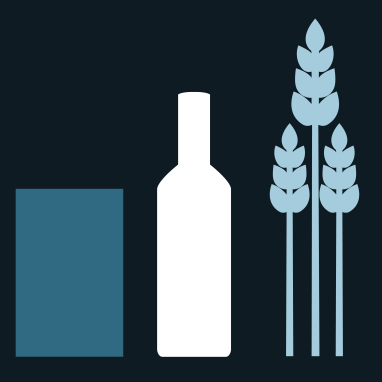Nutritional and regulatory aspects of the plant protein “surge” in dietary recommendations
Exploration of new dietary sources for protein continues to attract considerable applied research by food nutritional scientists and technologists. New developments have emerged in understanding the value of new and old protein sources. Apart from the traditional protein sources of meat, milk, fish, eggs and dairy, new plant sources of protein have been the subject of considerable work as well as protein from a diversity of sources ranging from insects, micro- algae and laboratory produced proteins through fermentation or cell culture. Although soy protein has a long traditional history, other plant proteins have been utilized from legumes, seeds, cereals, nuts as well as well as vegetables and fruits. This article will discuss the context for developments in plant proteins and covering aspects such as differences in protein content and attributes and inadequacies of plant protein, and some regulatory considerations in using plant proteins as ingredients.
